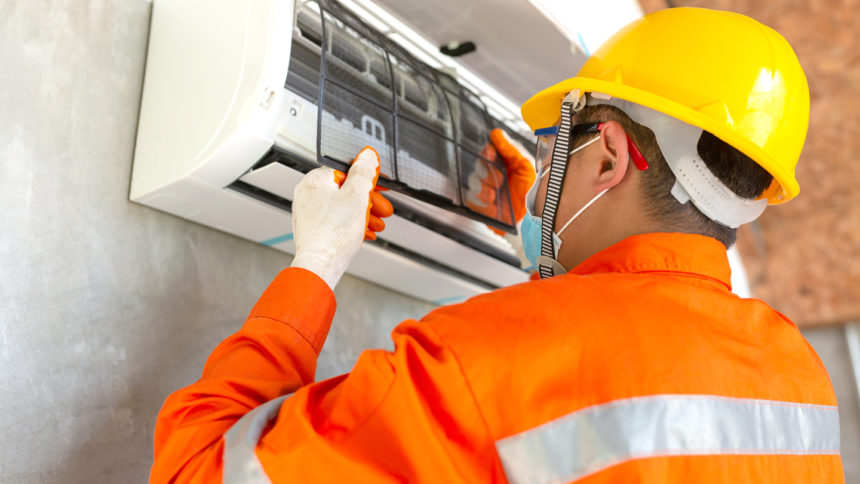
Staying away from groups when sick and improved ventilation — but not masking — are the way forward at this point in the pandemic, a noted epidemiologist and COVID-19 advisor told a nursing home group this week.
“Masks impair communication. We’ve been masking for a long time. I am not pushing masks anymore. … You can’t eat together, you can’t be at a holiday party with masks,” said Monica Gandhi, MD, MPH, a professor of medicine and associate division chief of the Division of HIV, Infectious Diseases, and Global Medicine at UCSF/ San Francisco General Hospital. “Let’s just be realistic.”
Instead, Gandhi, speaking on a LeadingAge COVID call Monday, called improving ventilation in healthcare and other facilities “one of the best things you can do for all respiratory pathogens.”
While federal regulators have continued to rely on masking for protection in nursing homes, reducing source control expectations only when areas fall out of the high community transmission category for COVID, there’s been little talk about requirements for ventilation standards.
Earlier this year, the Centers for Medicare and Medicaid Services did open a grant program, allowing nursing homes to seek up to $3,000 each in civil monetary penalty reinvestment funds to purchase portable fans and air room cleaners with high-efficiency particulate air filters. CMS also detailed best practices for improving air quality to reduce COVID-19 risks during visitation, which included adding ultraviolet germicidal irradiation to heating, ventilation and air conditioning systems.
A study published this in BMJ underscored the importance of smart ventilation, finding that insufficient air replacement and directional air flow allowed COVID to travel further in certain directions.
But many skilled nursing providers have been unable to make systemwide upgrades, given competing needs and inflationary costs across the board. Many have also been reluctant to let go of masking, recognizing that a single sick visitor could spur a single COVID case and trigger outbreak procedures again.
Still, Gandhi said it is time to begin living with COVID, noting that three years of isolation, often even among those who weren’t sick, created an “immunity debt” that has led to the resurgence of other respiratory conditions.
“We’ve been living with them [respiratory infections] since as long as humans have been alive,” Gandhi said. “What’s been different is that we didn’t tolerate them the last two years. Everyone stared at you if you sneezed. … We have to get past that because we all had colds in 2018 and 2019, and that strengthened our immune systems.”
Citing the now widely understood impact of isolation, Gandhi also reiterated that the holidays can be a good time to be around each other, especially compared to the relative threat that existed last fall and winter.
“Things were different then,” she said. “I think we need to just say, ‘Stay home when sick,’ and leave it at that. Don’t say, ‘Stay away from each other If you’re well.’ If you’re well, please go, please be around each other.”




